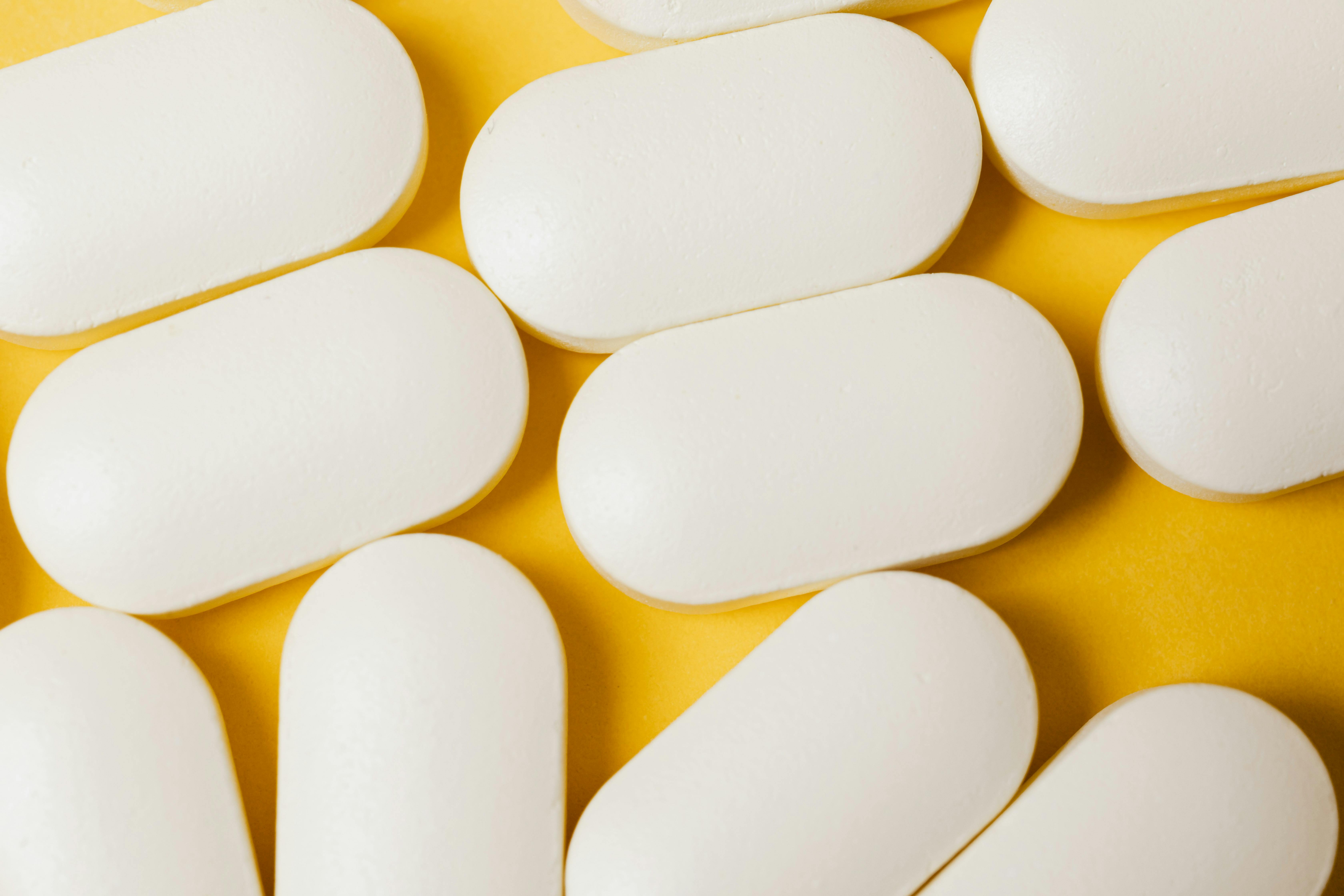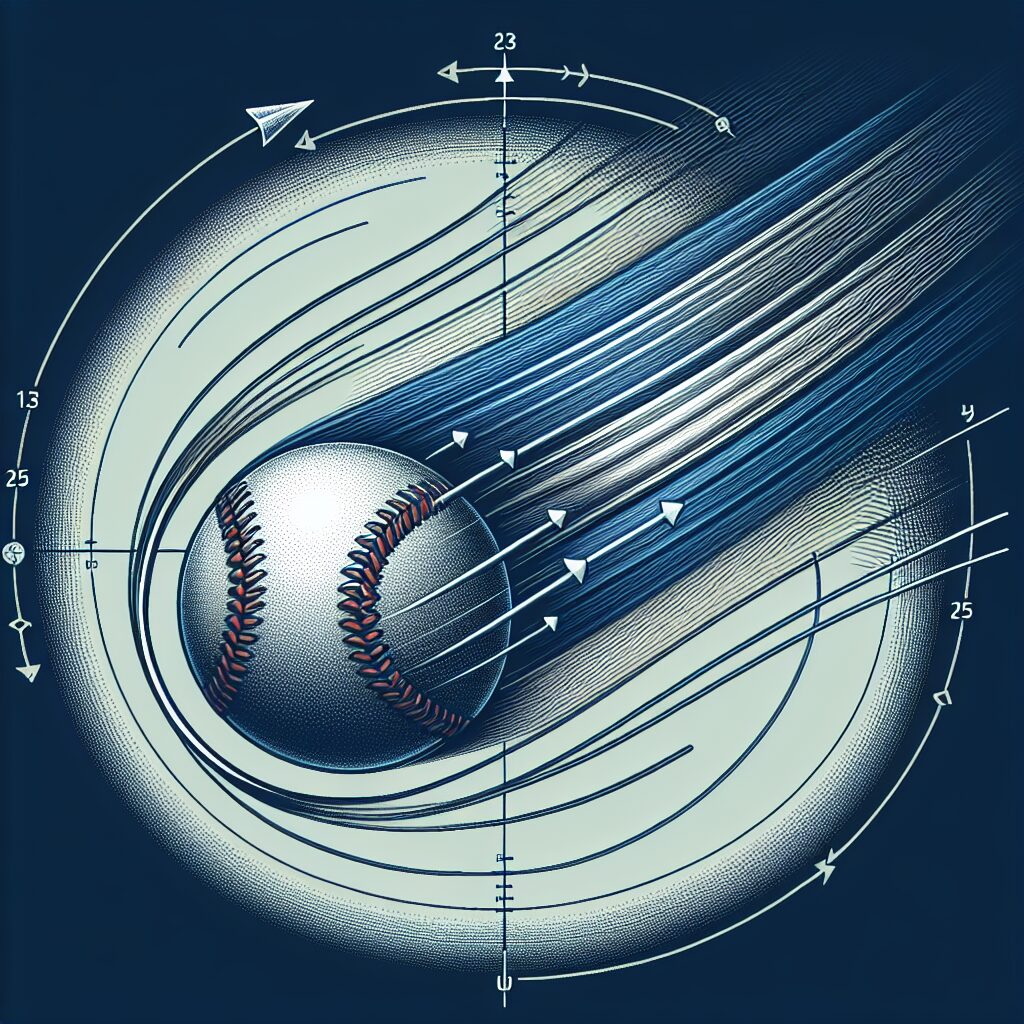One of the most irritating things about doing laundry is when you take your sheets out of the dryer and they are all balled-up and wrinkled. The good news is that there are some simple steps you can take to prevent your sheets from balling up in the dryer. With a few easy changes, you can keep your sheets looking and feeling great!To prevent sheets from balling up in the dryer, try to reduce the amount of laundry in each load and make sure items can move freely. Additionally, use a lower heat setting and remove items from the dryer as soon as they are done. Also, adding a few clean tennis balls to the load helps prevent sheets from becoming tangled or balled up.
Types Of Fabric That Are Prone To Balling Up In The Dryer
Synthetic fabrics such as nylon, polyester, and acrylic are particularly prone to balling up in the dryer. These fabrics are made of plastic and have a low melting point. When exposed to heat and movement in the dryer, they tend to melt together and form balls of fabric. The balls can be difficult to remove from clothes and can cause damage or stretching of the fabric.
Fleece is also prone to balling up in the dryer. Fleece is a synthetic fabric that is made of polyester or nylon fibers. The fibers tend to cling together when exposed to heat and movement, resulting in balls of fabric forming in the dryer. It’s important to note that fleece can also be damaged by excessive heat or agitation, so it’s best to use a low-heat setting when drying fleece items.
Towels are another type of fabric that can be prone to balling up in the dryer. Towels are typically made from cotton or other natural fibers which can be susceptible to shrinkage when exposed to excessive heat or agitation in the dryer. This shrinkage causes the fibers to become tangled together, resulting in balls of fabric forming on towels and other items.
Finally, wool fabrics can also be prone to balling up in the dryer if they are dried on too high a setting. Wool is a delicate natural fiber that can easily become felted if exposed to too much heat or agitation during drying. Wool should always be dried on a low-heat setting with minimal agitation for best results.
Avoid Overloading the Dryer
The most important strategy to avoid sheet balling up in the dryer is to avoid overloading it. Overloading can cause sheets to become tangled and balled up, making them difficult to separate. Load the dryer with only a few items at a time, and be sure not to overload it. This will help keep the sheets from becoming tangled and balled up.
Clean the Lint Trap Regularly
Another important strategy to avoid sheet balling up in the dryer is to make sure that you clean out the lint trap regularly. Lint can accumulate in the lint trap, which can cause sheets to become tangled and balled up. Clean out the lint trap regularly to ensure that sheets are not getting caught in it and causing tangles and clumps.
Choose Appropriate Cycle Settings
The cycle settings on your dryer can also have an impact on how well your sheets dry without becoming tangled and balled up. Choose settings that are appropriate for your type of sheets – for example, some settings may be too hot or too cold for certain fabrics, or may cause them to tangle more easily. Be sure to read your fabric care instructions before setting your machine’s cycle settings accordingly.
Separate Sheets Before Drying
To avoid sheets from becoming tangled and balled up in the dryer, be sure to separate them before putting them into the machine. Separating them into smaller loads or individual items will help reduce tangling, as will using a mesh laundry bag designed specifically for delicates. This will help keep your sheets from becoming intertwined as they tumble around in the machine.
Use Dryer Balls
Finally, using dryer balls can help reduce sheet tangling while they’re drying in the machine. Dryer balls are small plastic balls that are placed in the dryer along with clothes or linens; they help reduce static cling while also helping separate items so they don’t get tangled together during drying cycles.
Finding the Right Temperature Settings
When it comes to avoiding sheet balling up in the dryer, it is important to get the temperature settings right. A too high temperature setting can cause fabric fibers to shrink and clothes to wrinkle, while a too low setting can cause sheets and other items to ball up in the dryer. To avoid this, it is best to set the temperature according to the type of fabric you are drying. For delicate fabrics like silk, use a low-temperature setting; for cotton or linen, use a medium-temperature setting; and for sturdy fabrics like denim or canvas, use a high-temperature setting.
It is also important to check your dryer’s user manual for specific instructions on temperature settings. Different models may have different recommendations for drying different types of fabrics. If you are unsure of the temperature setting for your dryer’s model, consult with a professional who specializes in dryers and laundry equipment.
Finally, make sure to read the labels on your sheets and other items before drying them. Some items may have instructions that require special treatment or specific temperature settings when drying them. Following these instructions can help avoid accidentally damaging your sheets and other clothing items by using an incorrect temperature setting on your dryer.
Sorting Laundry Items Before Putting Them Into The Dryer
Sorting your laundry items before putting them into the dryer is an important step in ensuring that your clothes come out looking and feeling their best. To make sure that you sort correctly, it is important to know what type of fabric each item is made of, as well as the temperature setting and cycle time that should be used for each fabric type.
When sorting, start by separating items into different piles: one for whites, one for colors, and one for delicates. This will help to prevent accidental color bleeding or shrinkage due to incorrect temperatures. Then, sort further within each pile according to fabric type. Cotton items should be separated from wool or synthetic fabrics such as polyester or nylon. This is because these fabrics may require a lower temperature setting than cotton items. Also separate out any items with embellishments such as buttons, ribbons or zippers, and any heavily soiled items that may require a longer drying time than other items in the load.
Once you have sorted the laundry items according to fabric type and condition, you can then choose the correct cycle and temperature settings for each load. Cotton and linen items can typically be washed at a higher temperature setting than synthetic fabrics; however, it is always best to double-check the care label on your item to ensure that you are not exceeding its recommended settings. For delicate fabrics such as silk or wool, use a lower temperature setting and a delicate cycle if possible.
Finally, when loading the dryer make sure that there is enough space between each garment so that air can circulate freely throughout the load. This will help ensure that all of your laundry comes out evenly dried without any hot spots or damp areas caused by overcrowding in the drum of the dryer. With careful sorting and loading of your laundry before putting them into the dryer, you can rest assured knowing that all of your garments will come out looking their best!

Cleanliness of the Lint Trap and Drying Drum of the Dryer
Ensuring the cleanliness of the lint trap and drying drum of your dryer is essential for optimal performance. Over time, lint build-up in these areas can cause your dryer to work harder and use more energy, leading to an increase in your energy bill. In addition, a clogged lint trap can be a major fire hazard as it can overheat the dryer and ignite any nearby combustible materials. To keep your dryer running efficiently and safely, make sure to regularly clean the lint trap and drying drum.
To begin, start by unplugging the dryer from its power source. Next, open up your dryer’s door or lid and locate the lint trap located inside the machine. Remove all visible lint from both sides of the lint screen with a brush or vacuum cleaner nozzle attachment. It’s important that you get rid of as much debris as possible in order to maximize air flow through your machine. Once you’ve finished cleaning off all debris from the screen, put it back into place and close up the lid or door on your machine.
After cleaning off your lint trap, it’s time to move onto cleaning out your drying drum. Start by removing all clothing from inside the drum and then proceed to remove any large pieces of debris that may have been left behind during washing cycles. Once you have cleared out any visible debris, proceed to use a damp cloth or brush attachment on a vacuum cleaner to wipe down all surfaces inside of your drying drum. Make sure to also pay special attention to areas where clothing has come in contact with during washing cycles such as around door seals or interior crevices that may be difficult to reach with hands alone. After you have finished wiping down all surfaces inside of your drying drum, replace all clothing back into their respective compartments before finally closing up doors or lid on your machine.
By regularly cleaning out both your lint trap and drying drum on a monthly basis, you can help ensure that both parts are functioning properly and efficiently while also reducing potential fire hazards caused by excessive build-up of lint within these components.
Proper Loading of Laundry Items Into the Dryer
Loading the dryer correctly is an important step to ensure your laundry items are dried properly. It’s best to divide clothes into small loads, as this allows air to circulate around each item. Start by separating the laundry into like items such as towels, jeans, and t-shirts. Place the items in the dryer one at a time and spread them out evenly. Avoid overloading the dryer, as this can cause clothes to be wrinkled or not dried evenly. Be sure to clean out the lint filter before each cycle and check for any foreign objects that may have been left in pockets.
In addition to sorting items by type, you should also pay attention to fabric weight when loading your dryer. Heavier items such as jeans should be placed in first and lighter items such as t-shirts should be placed on top. This helps ensure that all of your clothes are dried evenly without overworking the dryer motor or heating elements. When loading towels, make sure they are not folded or bunched together too tightly so that they can fluff up during drying.
When it comes time to select a drying cycle, it’s important to choose one that is suited for the type of fabric you’re drying. Delicate fabrics should be dried on a lower temperature setting and heavier fabrics can be dried on higher heat settings. Always read the care labels on clothing before selecting a drying cycle so you know which setting is best for each item. If you have any questions about how to properly load and unload your dryer, consult your owner’s manual for more information.
Improving Air Flow Inside The Dryer Drum
Improving air flow inside the dryer drum is essential for efficient and effective drying of clothes. Poor air flow can lead to poor drying performance, as well as increased energy costs. To ensure optimal air flow within the dryer drum, there are several tips to help you increase the efficiency of your machine.
First, make sure that the lint filter is cleaned regularly. Lint buildup in the filter can reduce air circulation inside the dryer drum and make it difficult for hot air to escape. Cleaning the lint filter regularly will help to keep air circulating properly.
Next, check that all of the vents are clear and unobstructed. If any of the vents are blocked or restricted, then this could also reduce air circulation inside the dryer drum and reduce its efficiency. Make sure that all vents are free from any debris or objects that could be blocking them.
You should also check that your dryer’s seals and gaskets are in good condition. This will help to ensure that warm air can properly enter and exit the drum without leaking out through any gaps or openings in these areas.
Finally, make sure to inspect your dryer periodically for any signs of wear or damage that could be causing a decrease in airflow within the machine. This includes checking all hoses and other components for signs of damage, as well as inspecting any external parts for signs of wear or corrosion.
By following these simple steps, you can ensure optimal airflow within your machine and help ensure efficient drying performance for years to come.

Conclusion
It is important to prevent sheets from balling up in the dryer. The best way to do this is to ensure that they are properly sorted and loaded into the washing machine. Then, use a low-heat setting on the dryer and remove the sheets promptly when they are finished drying. Lastly, add a few soft items such as towels, tennis balls or fabric softener sheets in the dryer to help reduce static build-up and keep the sheets from sticking together. By following these simple steps, you can ensure that your sheets will come out of the dryer wrinkle free and ready for use.
Additionally, regular maintenance of your washing machine and dryer is important to keep them working properly. If you notice any unusual noises or smells coming from your appliances, it is best to contact a professional for assistance as soon as possible. Taking care of your appliances can help extend their lifespan and improve their performance, making it easier for you to get the job done quickly and efficiently.
In conclusion, following these tips can help you prevent sheets from balling up in the dryer. Taking good care of your washer and dryer will also extend their lifespan while helping them work more efficiently. So take some time now to sort your laundry properly before tossing it into the washer and then into the dryer for a wrinkle-free result!




